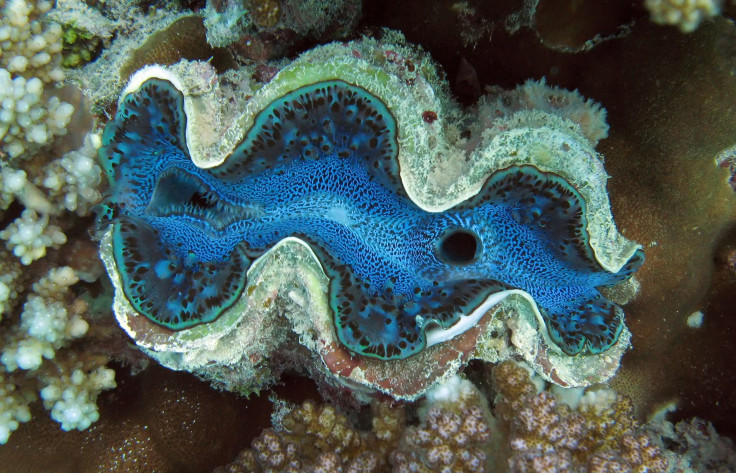South China Sea Reefs Face Mass Destruction By Clam Poaching, Island Building

Giant clam poaching in the South China Sea has led to the destruction of more than 40 square miles of coral reefs, according to a new analysis of satellite imagery of the area.
The reefs, which are some of the most biodiverse in the world, are being carved up as poachers use boat propellers to loosen and extract valuable bivalves — weighing up to 500 pounds — that are considered a luxury item in China, reported the National Geographic. The reefs are interlinked in such a way that damage in one area can have widespread repercussions in others.
The reefs are also being affected by China’s continuous island-building to reinforce its presence in the region fraught by controversy. The Permanent Court of Arbitration in the Hague — the international tribunal that issued a ruling in favor of the Philippines Tuesday — was presented with the argument that China violated its responsibilities under the U.N. Convention on the Law of the Seas by building artificial islands in the contested area and thereby engaged in large-scale environmental degradation — destroying another 22 square miles of the reef.
China has reclaimed more than 3,200 acres (five square miles) of new land in the past two years itself, according to Greg Poling, a South China Sea expert at the Center for Strategic and International Studies in Washington, D.C., NatGeo reported. The man-made islands allow the Asian powerhouse to extend its military reach by housing its military infrastructure and providing ports for its Coast Guard as it patrols the contested region.
However, John McManus, a marine biologist at the University of Miami who carried out the analysis, says the destruction caused by clam poachers exceeds the damage done by the island building by considerable amounts.
“To know that that much has died is such a shock,” NatGeo reported him saying. “They basically plowed up these reef flats.”
Writing for the journal Science in January, Christina Larson, a Schwartz Fellow at the New America Foundation, showcased the importance of clams in China — both for the shells to be carved into jewelry or art, and for the use of the meat. Chinese fishermen have been known to travel hundreds of miles south to the Spratly Islands, also in contested waters, to procure the clams that used to be abundant right off the coast of China at a point in time.
Thirty-five reefs in the Spratly Islands and another six in the Paracel Islands have been damaged by giant clam poaching, with at least 25 more at risk, McManus says — and about 10 percent and 8 percent of the shallow reefs respectively have been damaged by poaching and island building together.
Shocked by the extent of the destruction in the region, he said: “Everything was thoroughly dead.”
© Copyright IBTimes 2024. All rights reserved.






















